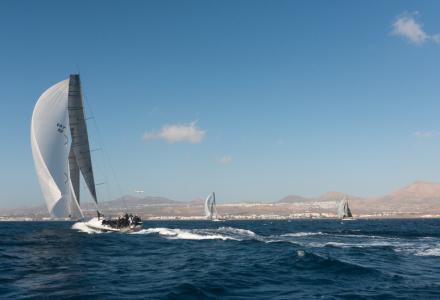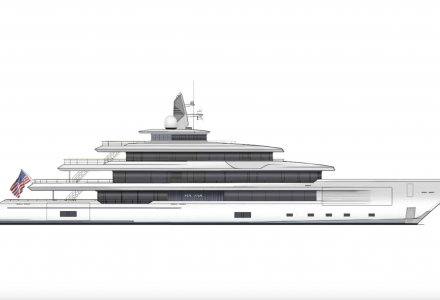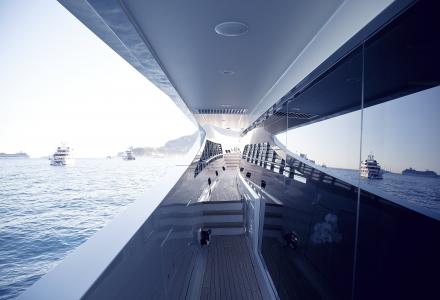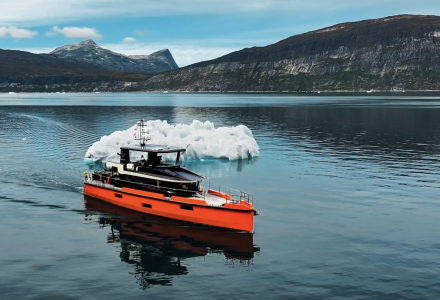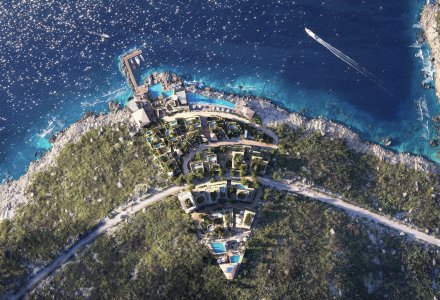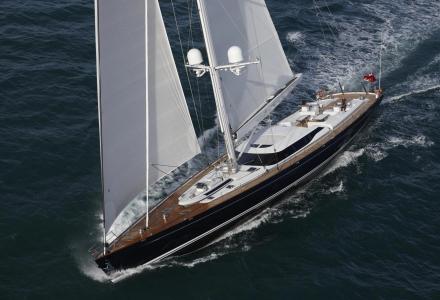The 2022 RORC Transatlantic Race started on January 8 in glorious conditions outside Marina Lanzarote. After months of preparation and planning, the 3,000nm race to Grenada has begun for 256 sailors from 27 different countries. The record fleet of 30 boats set off at blistering pace downwind leaving Lanzarote behind. The RORC fleet will race through the Canary Islands before sailing into the open waters of the Atlantic. A complex weather system promises a fascinating race to Camper & Nicholsons Port Louis Marina in Grenada.
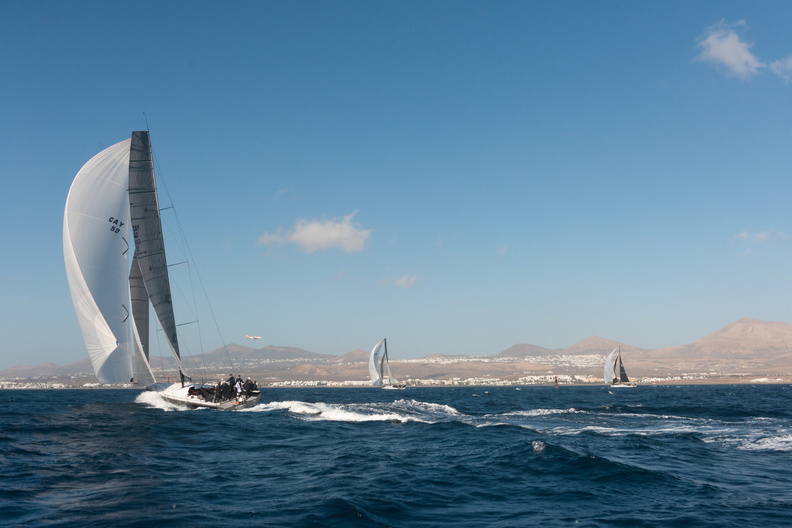
“15-20 knots of wind with a wave height of nearly one and a half meters made for a spectacular downwind start,” commented Tim Thubron, RORC Deputy Racing Manager. “Both the MOCRA and combined IRC class starts were very competitive; it just shows how spirited this fleet is. The RORC Race team will be monitoring their progress throughout the race 24-7, and as with all of our Club’s events, we wish all our competitors a safe and enjoyable race.”
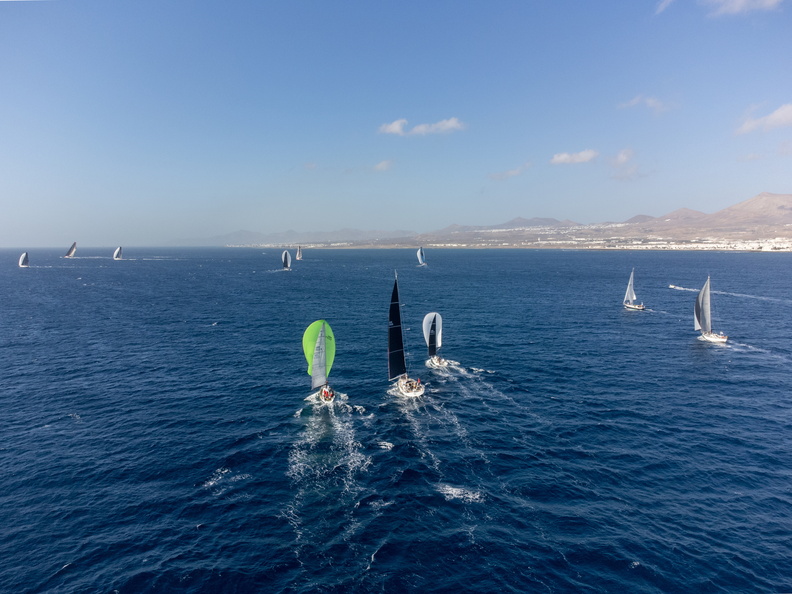
The race to Grenada has begun for 256 sailors from 27 different countries
MOCRA
At speeds of over 30 knots the powerful multihulls in the MOCRA class were first away. Jason Carroll’s MOD70 Argo (USA) won the pin end with Giovanni Soldini’s Multi70 Maserati (ITA) first to cross the line to leeward. The Italian team was the first to gybe inshore and to the turning mark at Puerto Calero. However, Peter Cunningham’s MOD70 PowerPlay (CAY) ripped out in front hitting a speed of 33 knots. PowerPlay was first to clear the passage between Lanzarote and Fuerteventura. Argo and Maserati gybed south of the rhumb line, but PowerPlay continued to head to the north. Less than three hours into the race, the trio had travelled over 70 miles.
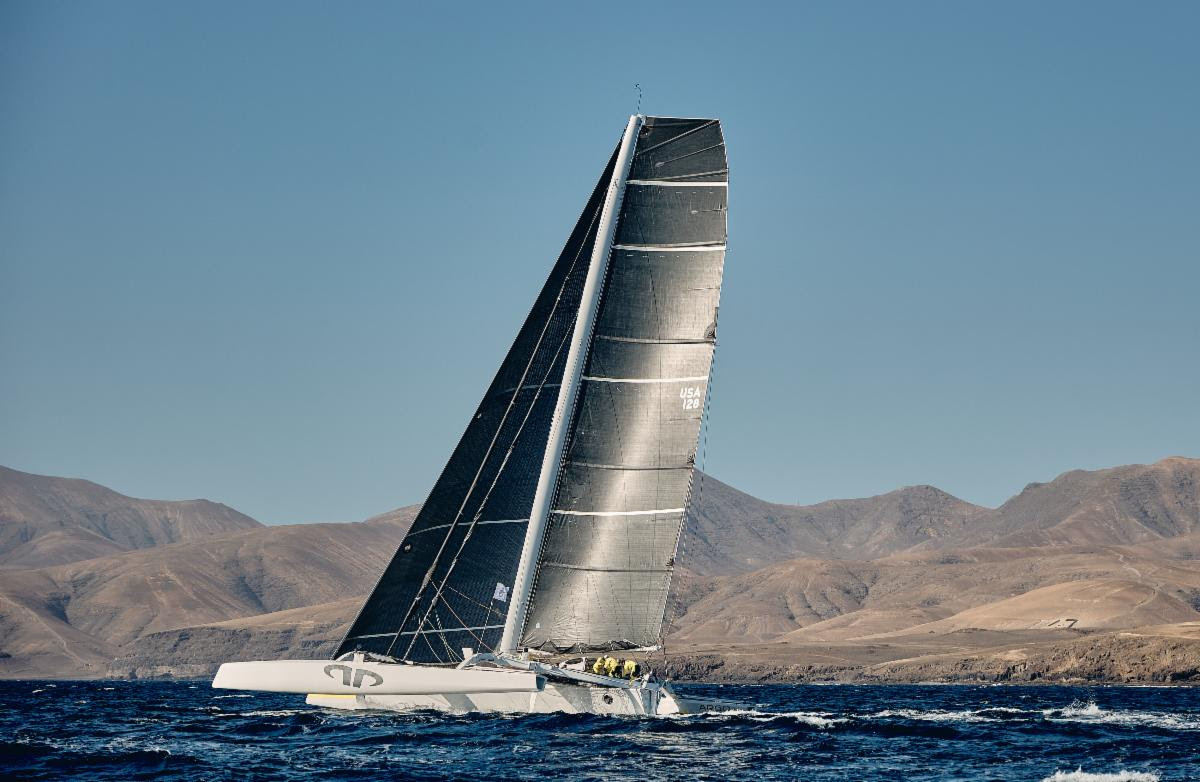
Jason Carroll’s MOD70 Argo (USA)
On January 9 the leading multihulls slowed down to under 20 knots as they entered the transition zone created between the low to the northwest and the trade winds to the northeast. Peter Cunningham’s MOD70 PowerPlay (CAY) has been the dominant force so far and has taken up a westerly position compared to Giovanni Soldini’s Multi70 Maserati (ITA), and Jason Carroll’s MOD70 Argo (USA). Tactically, PowerPlay is positioned between the competition and the finish. The race is on to cross the transition zone and gybe onto the fresh breeze to the northwest.
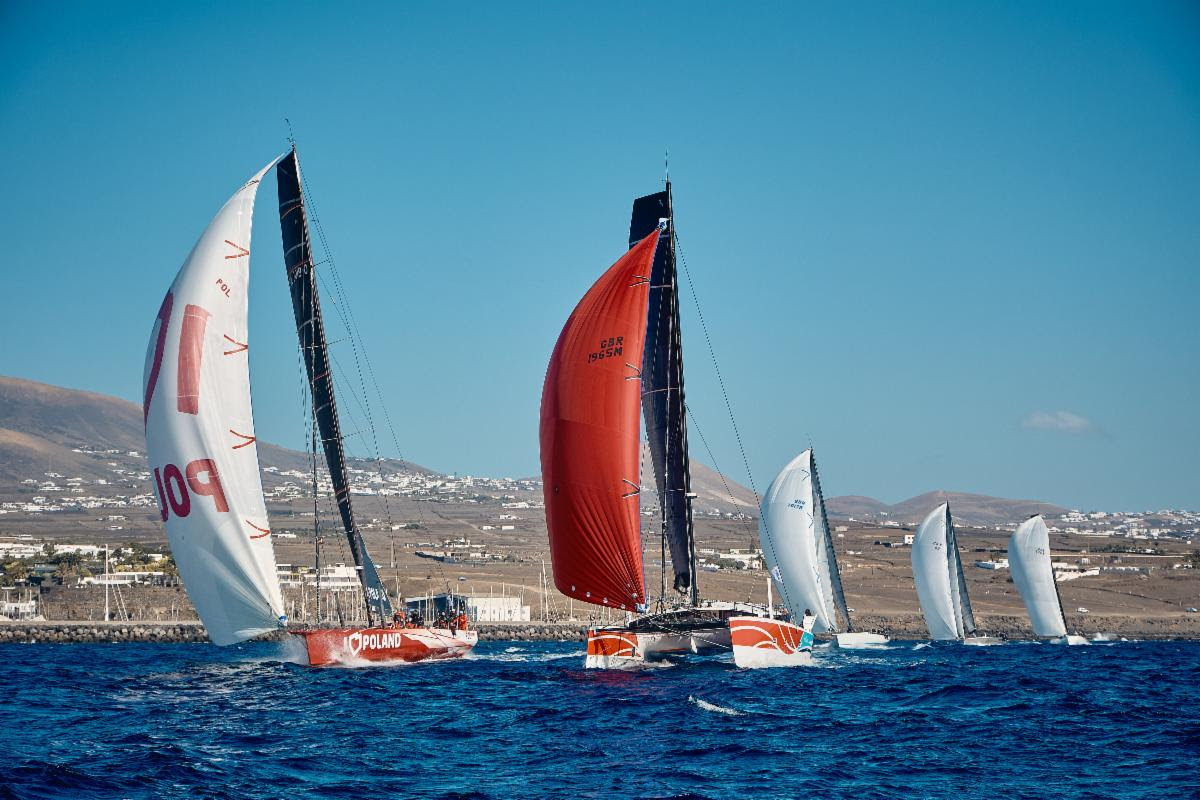
I Love Poland and Five Oceans
IRC SUPER ZERO
L4 Trifork got the best start of the big boat class, with Joern Larsen at the helm and Bouwe Bekking calling the shots. L4 Trifork started to leeward and got into clean air to hoist their massive spinnaker. L4 Trifork was originally the VO70 Ericsson 4 but now has DSS foils and a longer bowsprit – turbo charged would be an understatement. However, the 100ft canting keel Maxi Comanche, skippered by Mitch Booth also got away well, passing L4 Trifork to windward in a show of power.
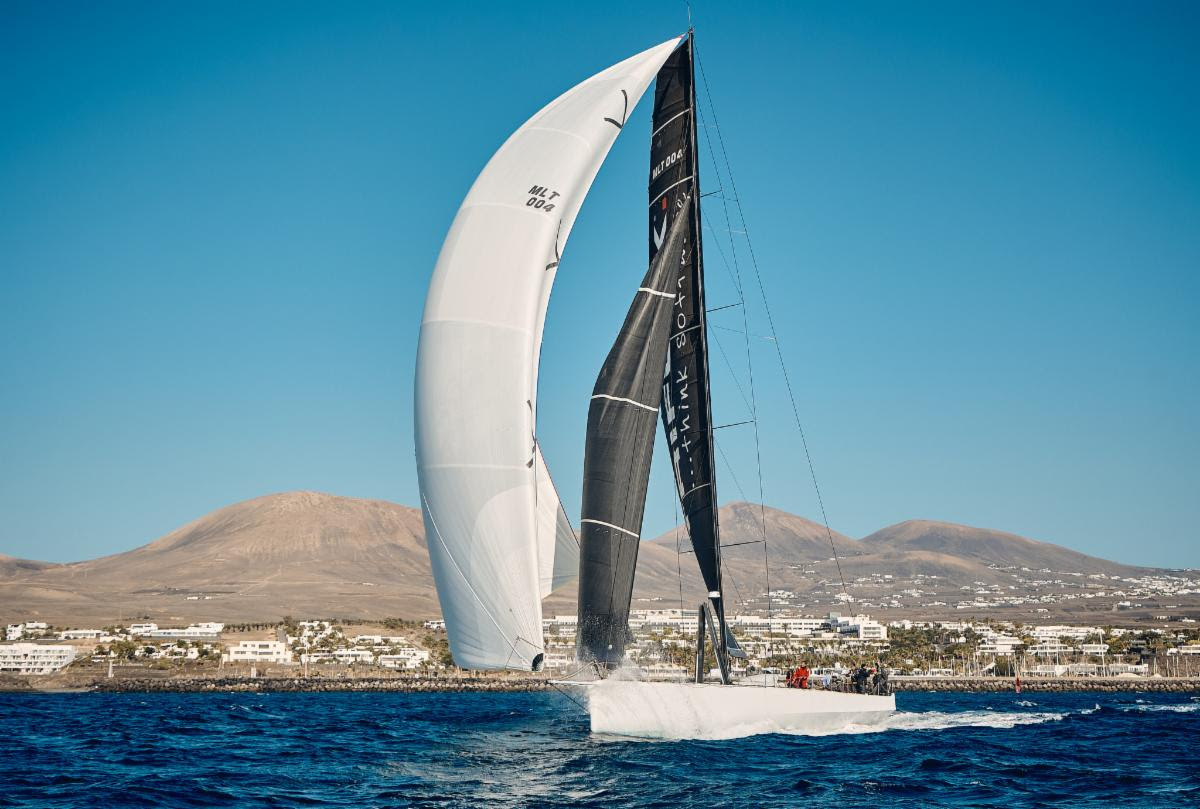
L4 Trifork VO70
L4 Trifork gybed on their line and might have even got a tow in their quarter wave. It was an aggressive start by both teams. Three hours into the race Comanche leads by five miles. Behind the leaders on the water HYPR (NED), sailed by Jens Lindner, has taken a northerly position. The Polish National Foundation’s VO70 I Love Poland and The Austrian Ocean Racing’s VO65 Sisi are further to the south.
The 100ft Maxi Comanche (CAY) skippered by Mitch Booth gybed southwest shortly after dawn on day two and stayed on the same gybe all day. On a broad reach, Comanche has been unstoppable, achieving over 20 knots of boat speed hour after hour. If Comanche continues at this pace, the race record will be smashed by over three days. Volvo 70 L4 Trifork (DEN) is the most northerly boat of the RORC fleet and aptly the majority of the crew come from Scandinavia.
IRC ZERO
The super-fight between the offshore fifty-footers got off to a cracking start. Max Klink’s Botin 52 Caro (CH) nailed the pin end of the line like the team were starting an inshore race. David Collins Botin 52 Tala (GBR) was hardly shy of the line either. The Botin 56 Black Pearl (GER), helmed by Stefan Jentsch, was also in the mix. Three hours into the race the trio were screeching along, three-abreast, at close to 20 knots of boat speed.
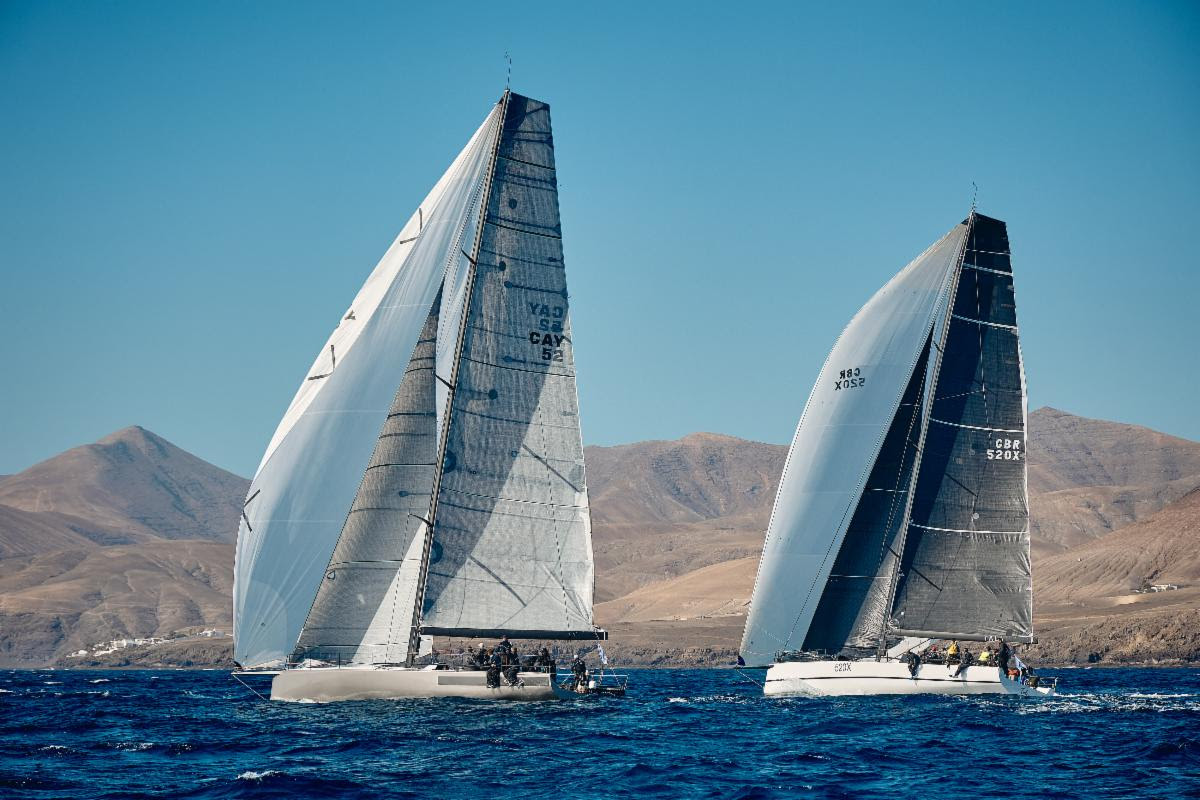
Max Klink’s Botin 52 Caro (CH) and Tala (GBR) at the start of the RORC Transatlantic Race
Max Klink’s Botin 52 Caro (CH) is still leading the class on January 9, but only just. Botin 56 Black Pearl (GER), helmed by Stefan Jentsch, and David Collins’ Botin 52 Tala (GBR) have all gybed west and are continuing their close battle. In reality, all three boats are vying for the class and overall lead, after IRC time correction.
IRC ONE
Andrew Hall’s Lombard 46 Pata Negra (GBR) pulled away from the class at the start to lead on the water. Ross Applebey’s Oyster 48 Scarlet Oyster (GBR) had a great tactical start, hugging the coast of Lanzarote to record a velocity made good of over 10 knots. Christopher Daniel’s J/122 Juno (GBR) is racing across the Atlantic for the first time.
Leaving Tenerife to port initially worked out well for Richard Palmer’s JPK 1010 Jangada (GBR), Jacques Pelletier’s Milon 41 L'Ange De Milon (FRA) and Ross Applebey’s Oyster 48 Scarlet Oyster (GBR). However, Andrew Hall’s Lombard 46 Pata Negra (GBR), which went south of Tenerife, is now through the lee of the island and starting to increase in speed due to the good pressure.
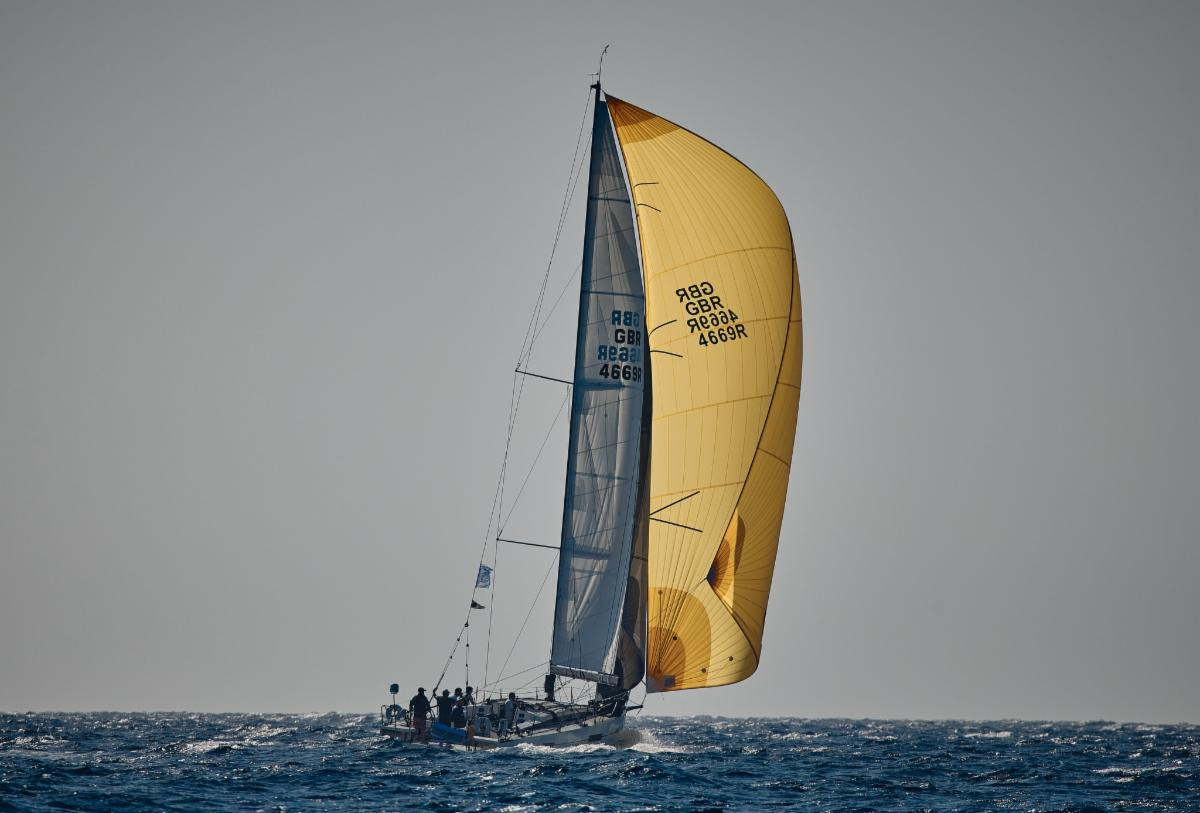
Andrew Hall’s Lombard 46 Pata Negra with boat captain Chris Jackson (GBR)
Christopher Daniel on his J/121 Juno (GBR) reported in as the team passed south of Tenerife: “Juno had a good first 30 hours, with the North Atlantic giving us a welcome reception to remember. With winds ranging from 30 kts to almost nothing, we’ve already used every sail in the locker! Before the start we made the decision to err towards the rhumb line and have just rolled the dice to sail between Tenerife and La Palma. Not an easy call, and we’ll only ever know whether it was correct when we all re-converge to the west of La Palma’s wind shadow.
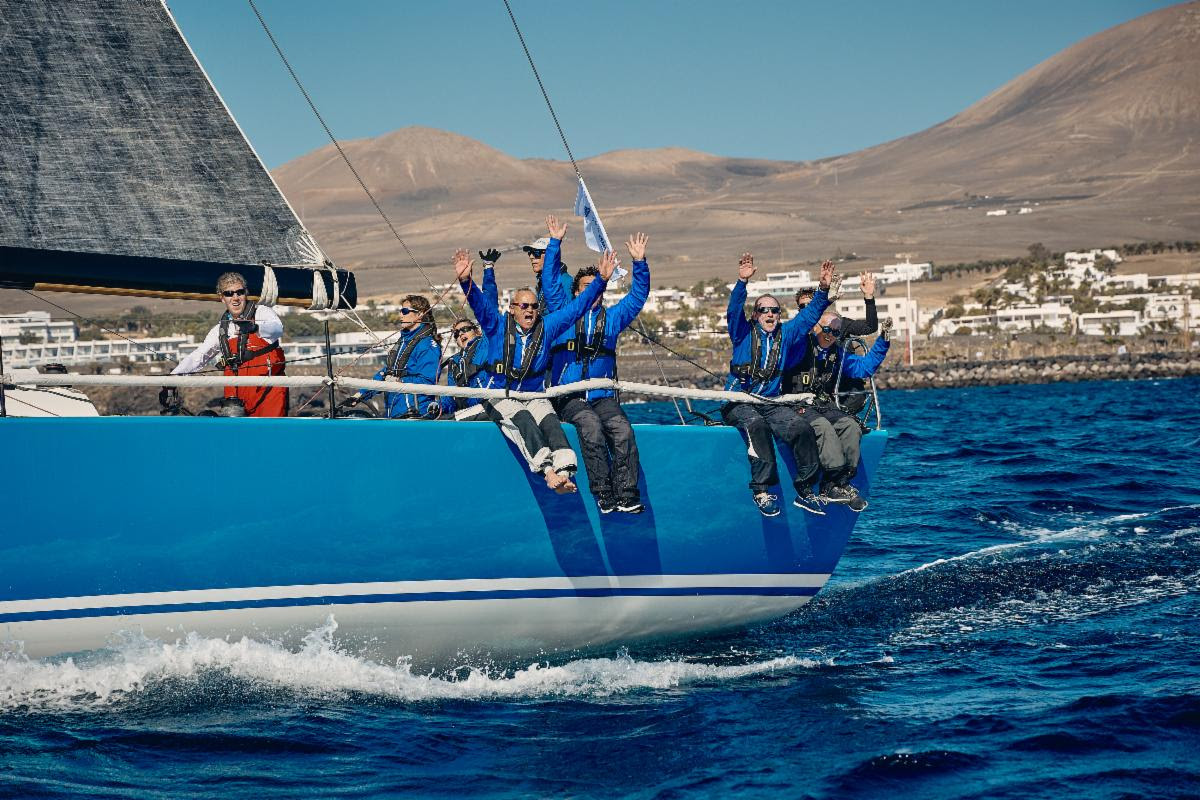
Carlo Vroon's Dutch entry, Diana bid farewell to Lanzarote, Canary Islands as they head off after the start
Two of the boats racing in the RORC Transatlantic Race have reported that they are heading for shore. Swan 58 OM II and the classic Faiaoahe. OM II has retired from racing and will sail to Antigua. Faiaoahe have reported that they have temporarily suspended racing but intend to resume racing. All are safe and well aboard both boats.
Credits: RORC Press Office; James Mitchell
